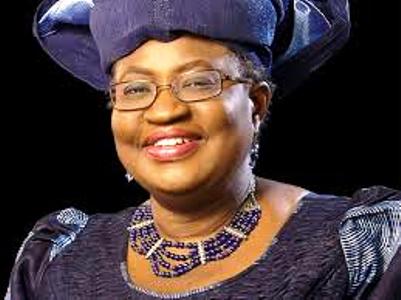World Trade Organisation, on Friday said that the Global trade costs have dropped by 15% between 2000 and 2018. The Trade costs for services are higher than trade costs for agricultural goods, Trade costs for manufactured goods are the lowest.
This was disclosed by the Ngozi Okonjo-Iweala-led World Trade Organisation (WTO) via its Twitter handle.
Read Also: Data, Mobile Money Push Airtel Africa Q4 Profit To $154m
According to the report, the overall trade costs are higher for women, SMEs, and unskilled workers. High-income groups face higher trade costs, given their larger share of consumption in services.
Trade policy barriers and regulatory differences are estimated to account for at least 14% of trade costs in all sectors. They include tariff and non-tariff barriers, regulatory differences, as well as other policies covered by trade agreements, such as a lack of investment facilitation or of intellectual property protection.
Trade policy barriers are relatively the most important component of trade costs for trade among low-income economies. Transport and travel costs together with information and transaction costs explain the largest share of trade costs between high-income economies.
The WTO disclosed that the methodology introduces a number of improvements. First, it allows for sector-specific elasticities of trade flows to trade costs for both goods and services.
The report stated, “It allows the estimation of directional trade costs, thus offering more realistic estimates of trade costs. Directional trade costs also allow us to estimate the incidence of trade costs on different groups of consumers and producers. This is a major achievement of this work.”
The Trade Cost Index has been produced by the Economic Research and Statistics Division (ERSD) to complement other statistics that WTO provides on trade costs, such as average tariffs or the number of non-tariff measures. The aim is to give a sense of the degree of restrictiveness of some of these measures, to measure how trade policy barriers compare to other trade costs, and who bears these costs.
The WTO Trade Cost Index uses estimates of bilateral trade costs for 43 economies and 31 sectors between 2000 and 2018 to illustrate the evolution of trade costs over time, the incidence of trade costs across economies and sectors (Economy-Sector), for different household income groups, by gender, firms size and skill groups (Economic Agents) as well as identify the main factors determining trade costs (Determinants).
“Our approach is top-down. That is, we start from an indirect estimation of overall trade frictions and we then break these down into specific trade cost components. We infer trade costs by comparing international to domestic trade flows. Hence our measure of trade costs reflects the cost of trading internationally relative to trading domestically,” the report stated.




 Premier League
Premier League